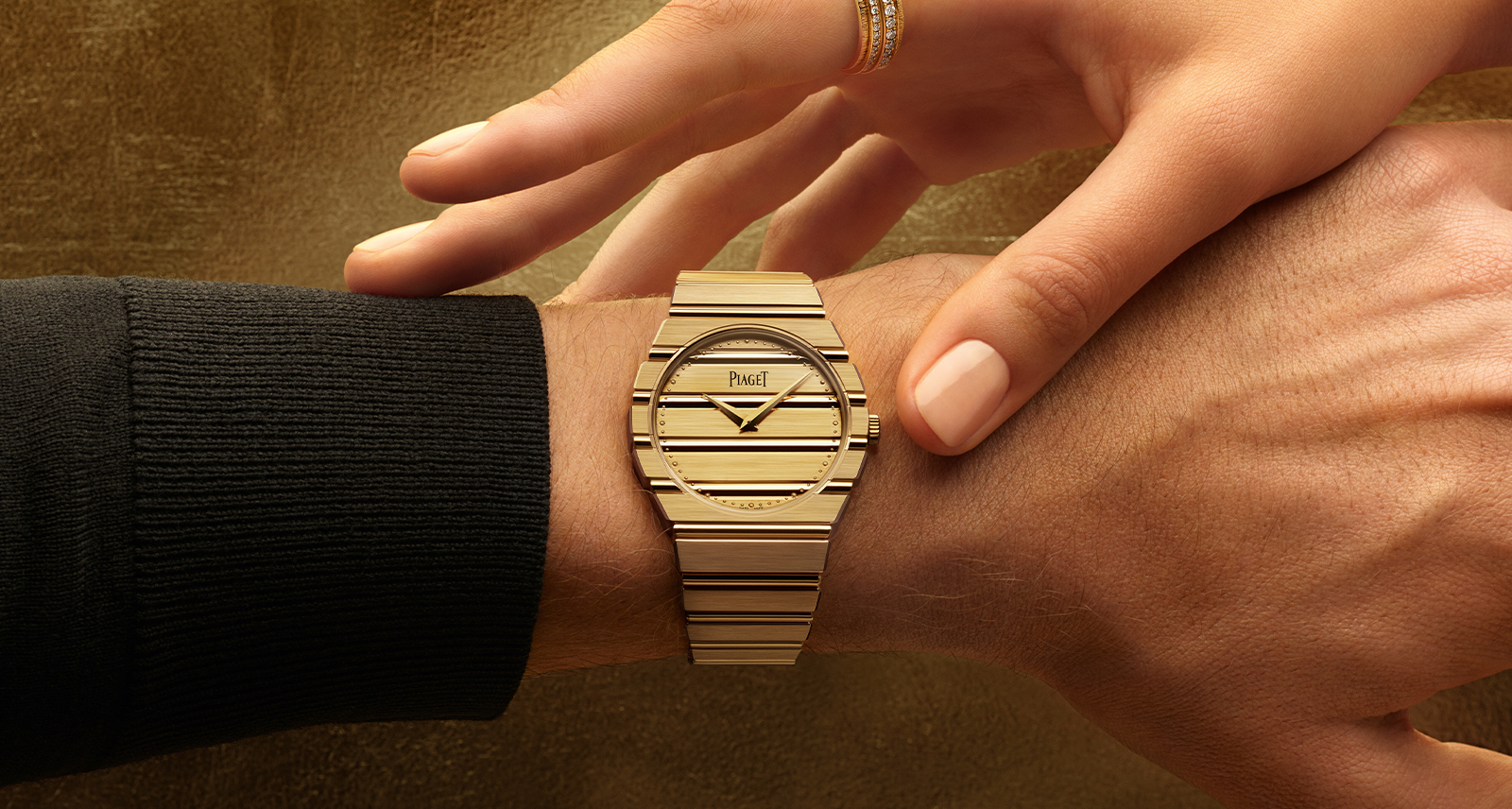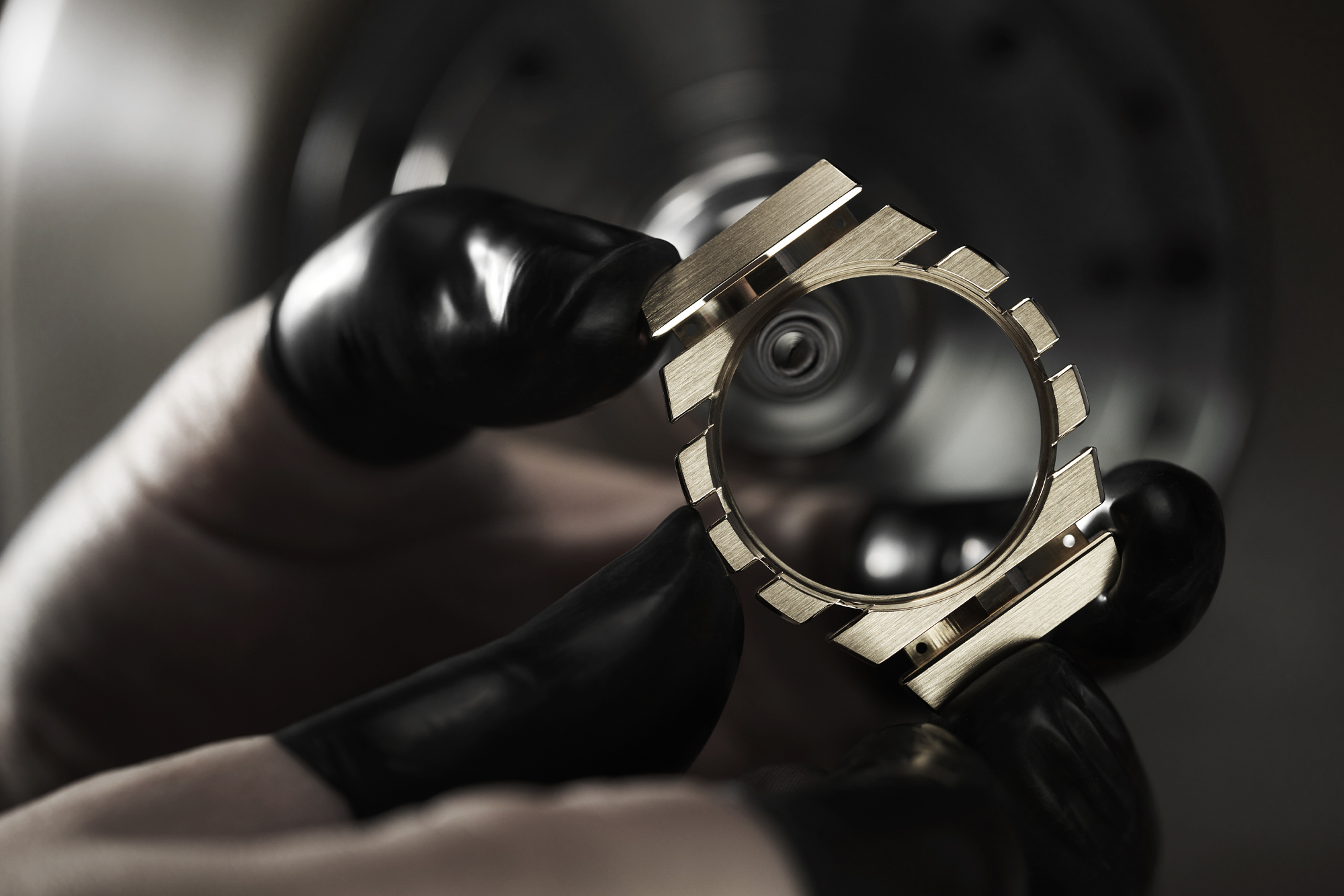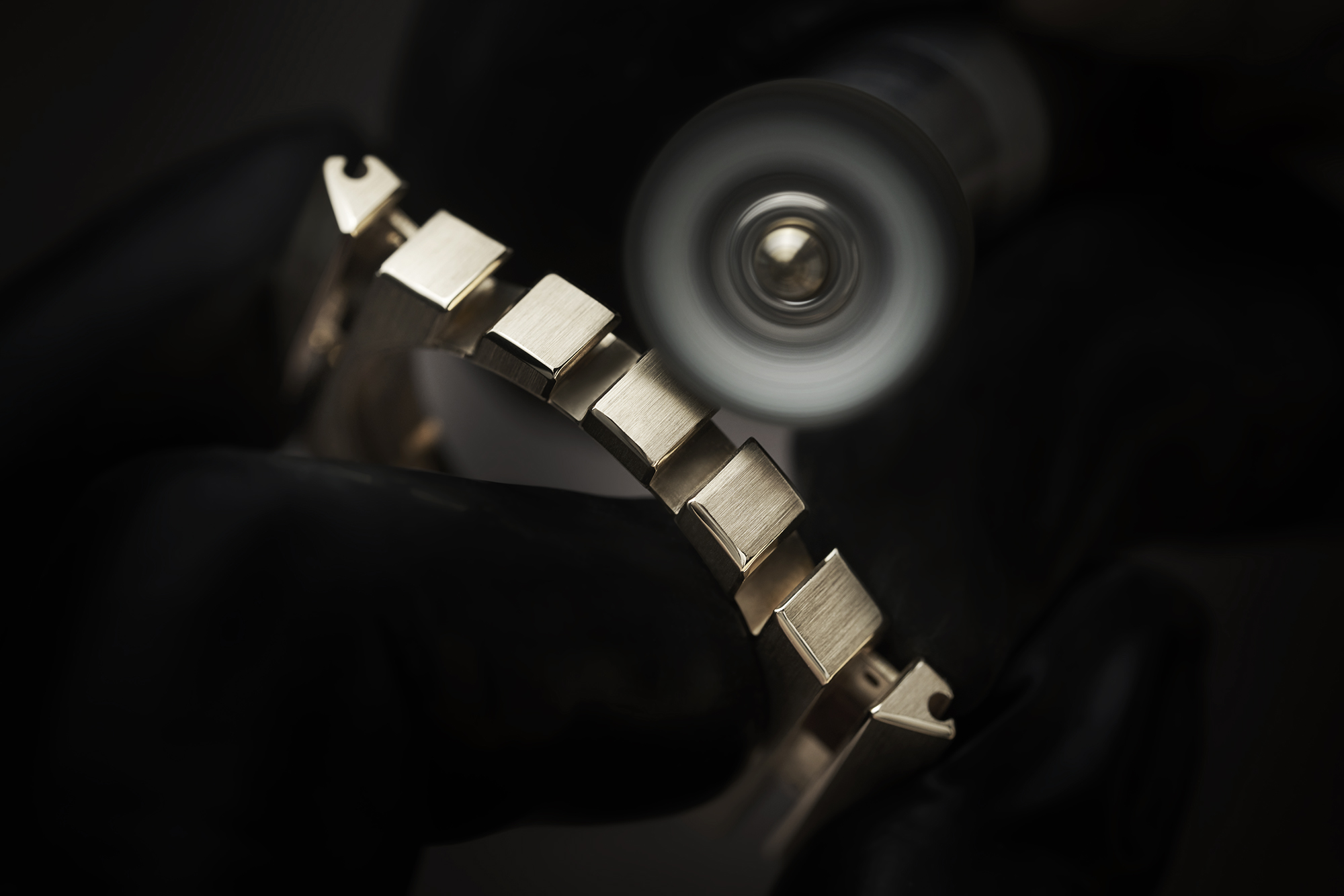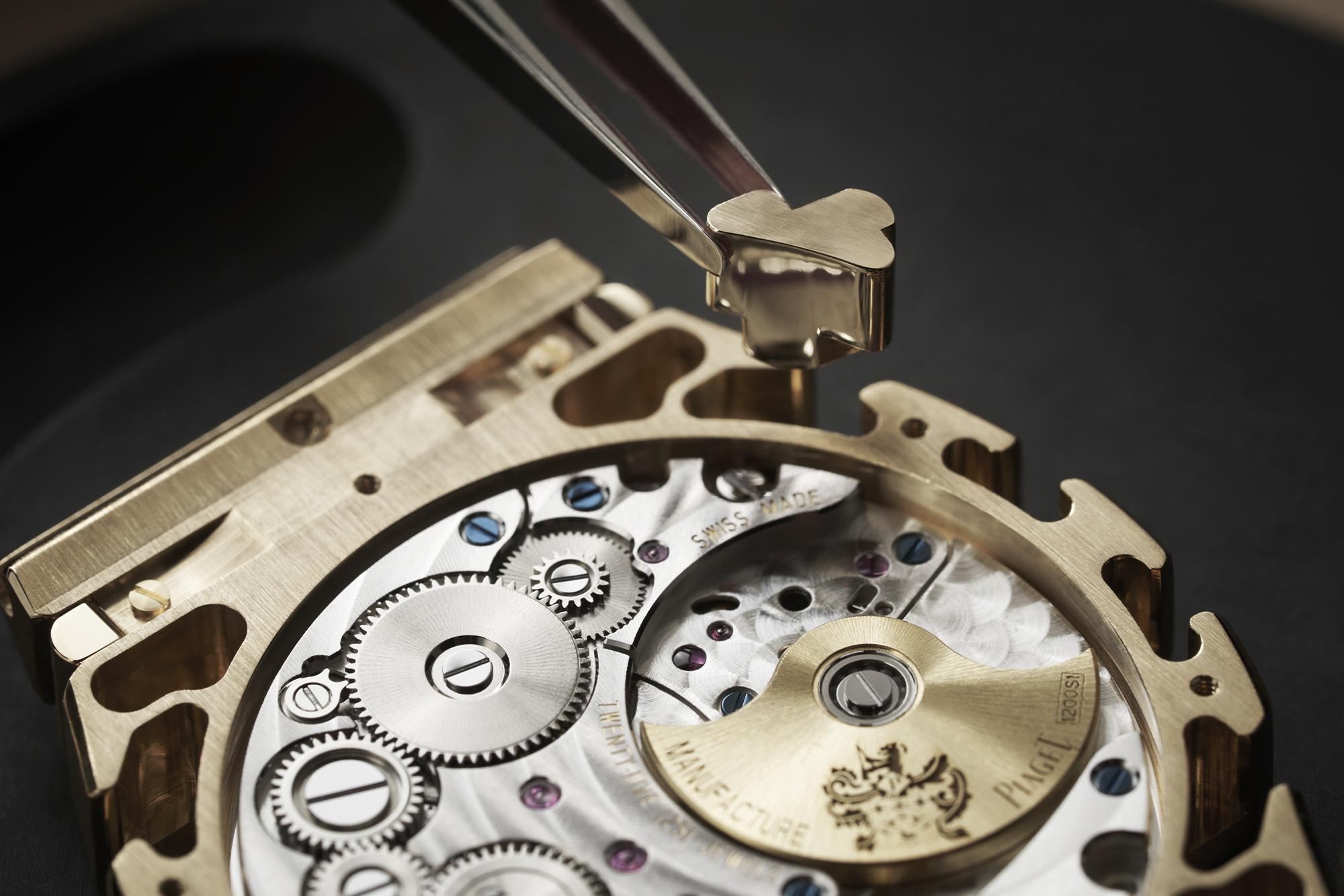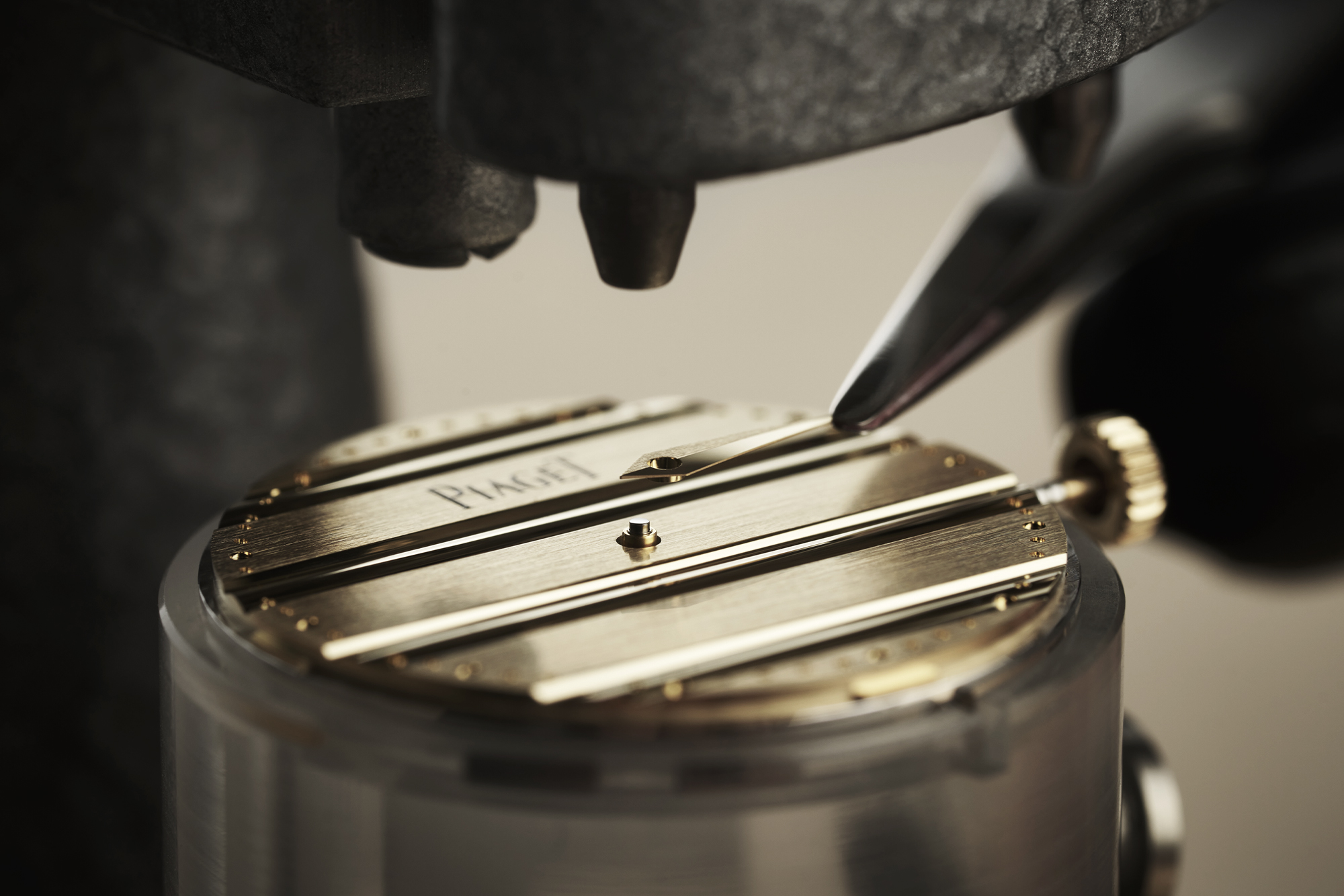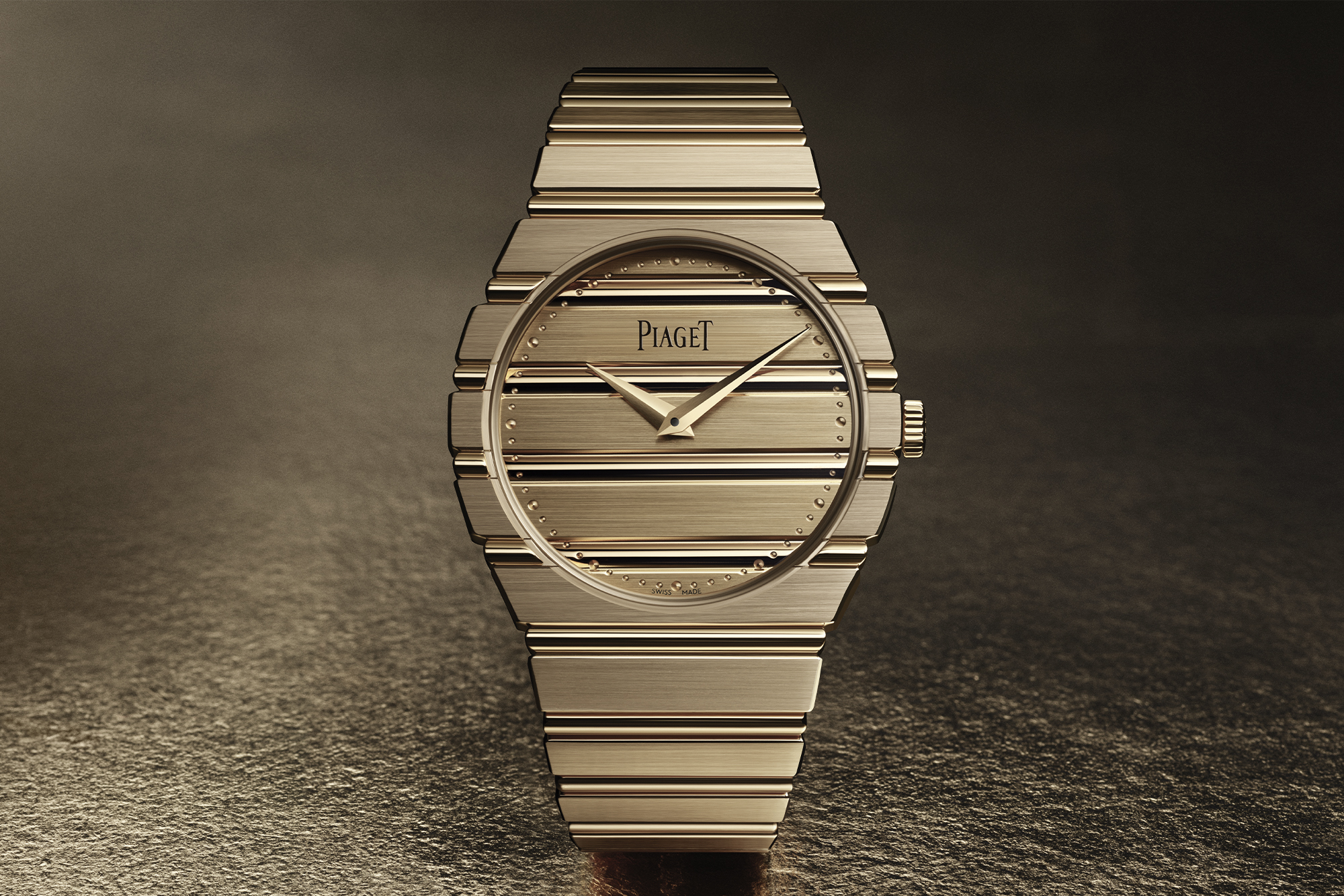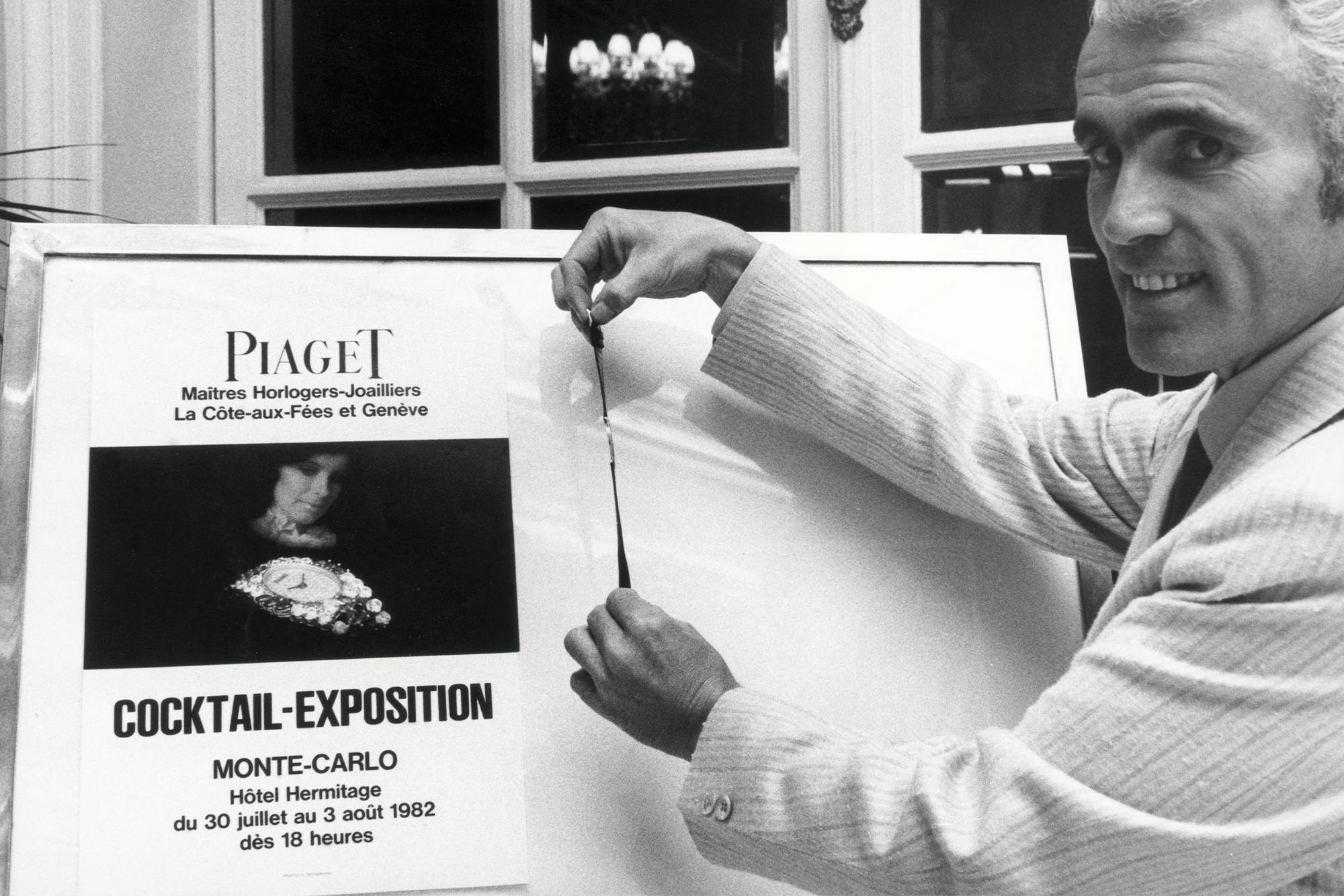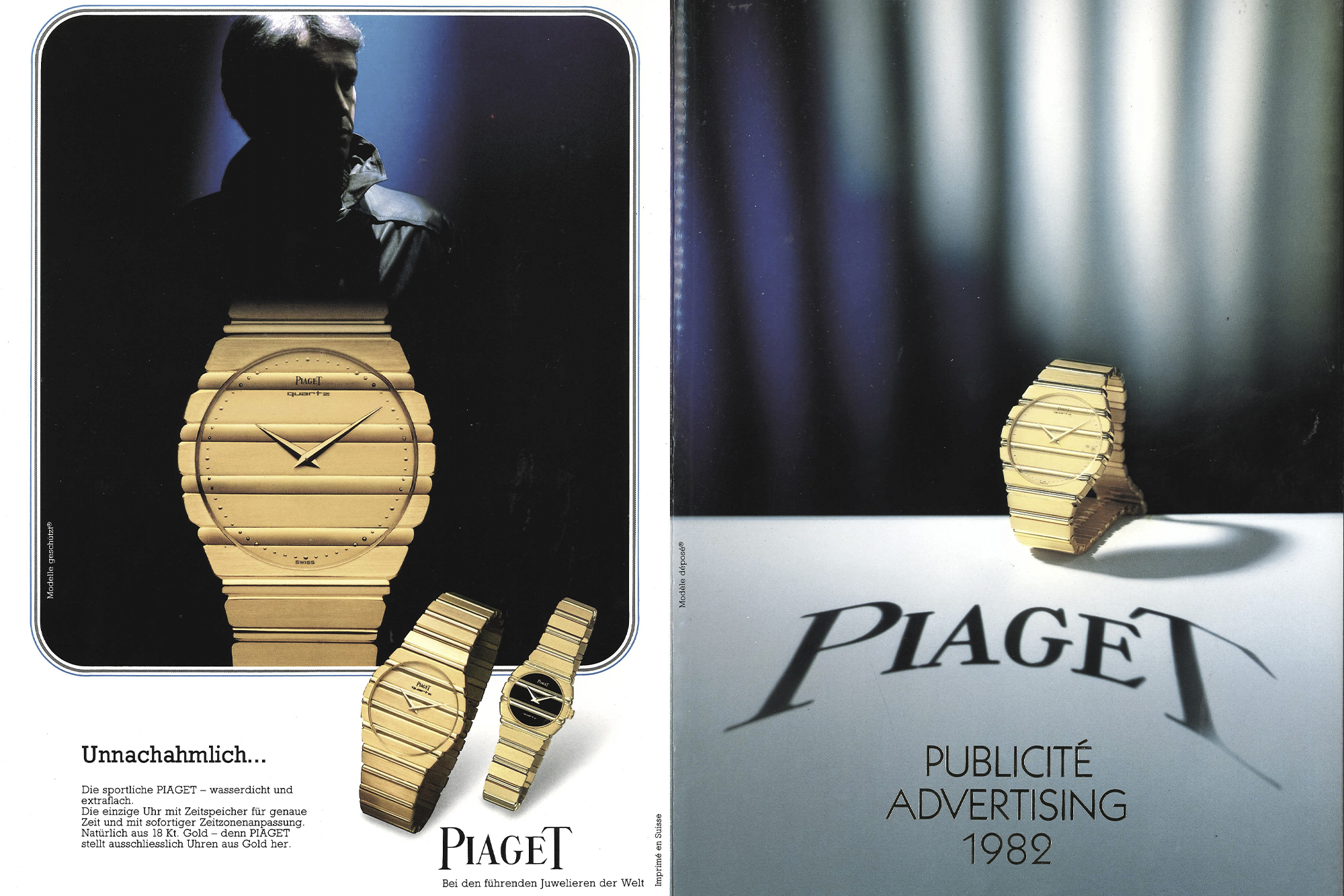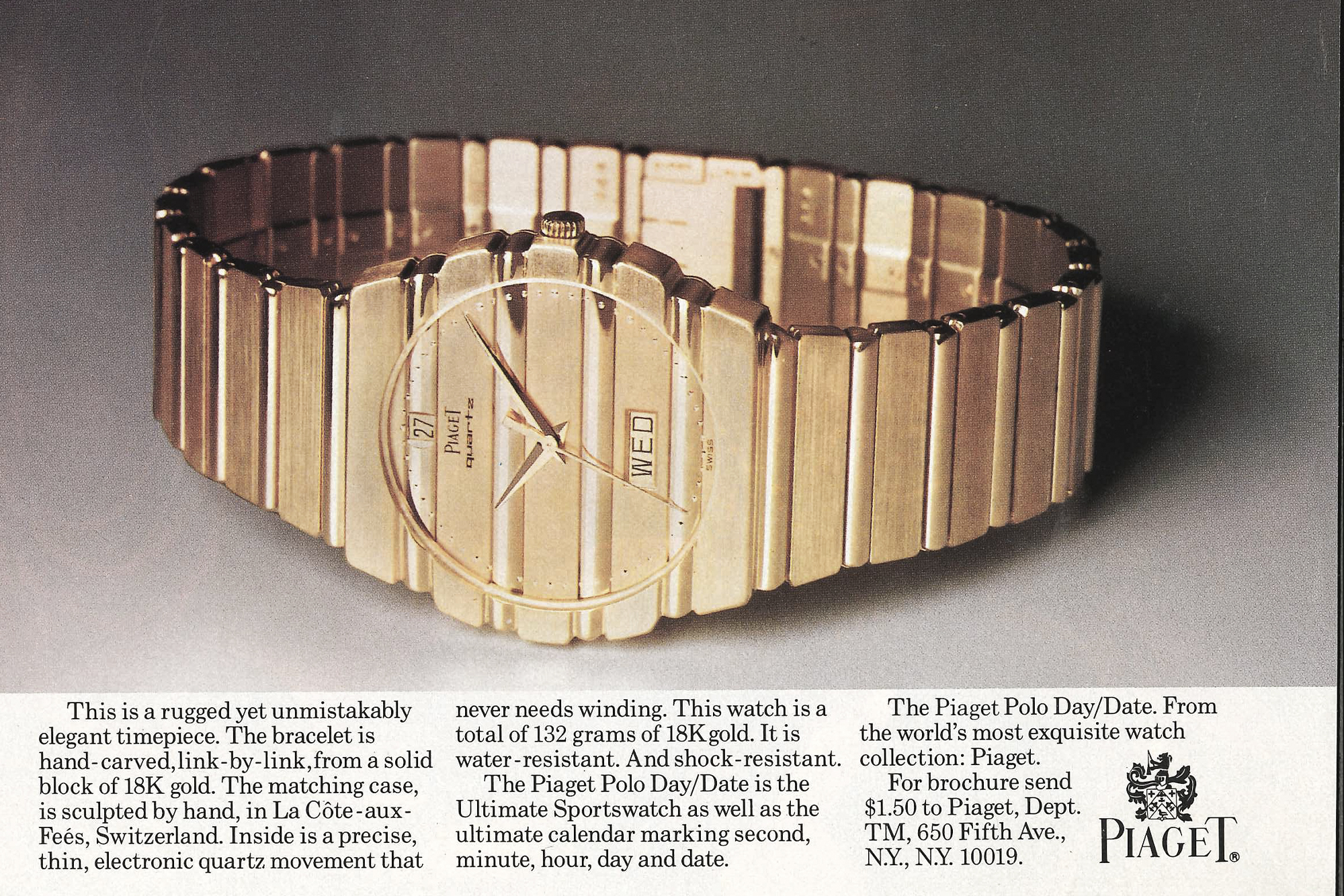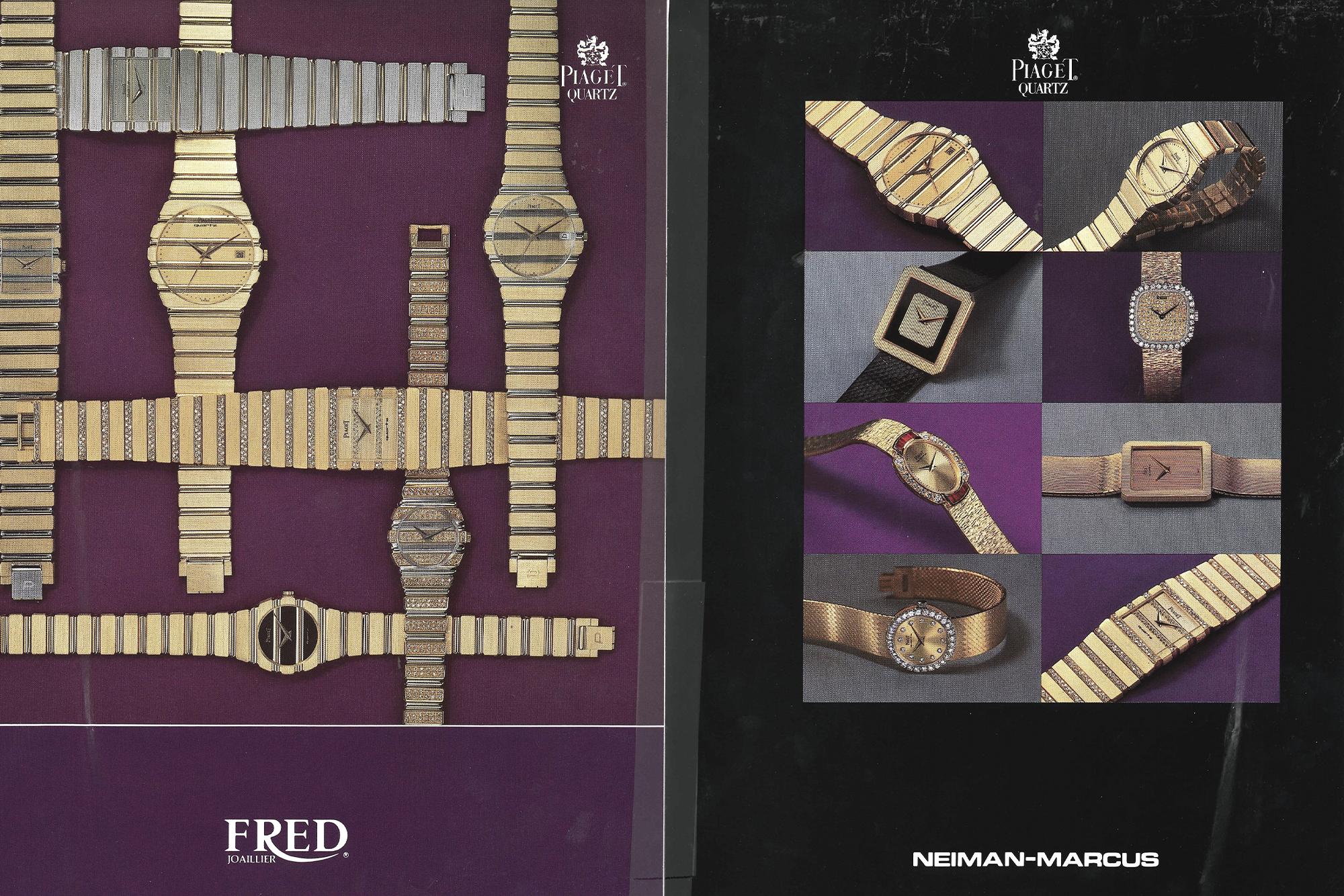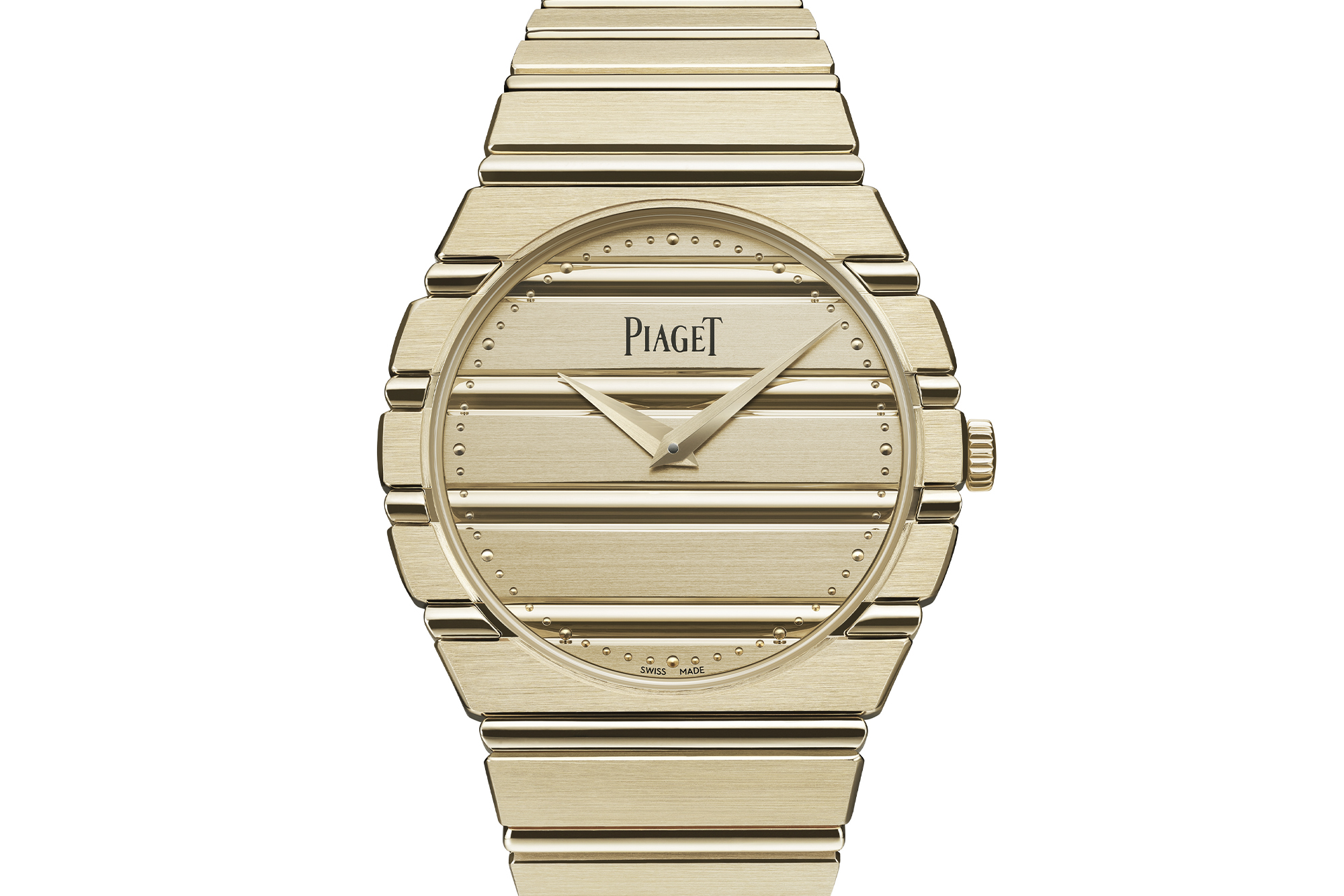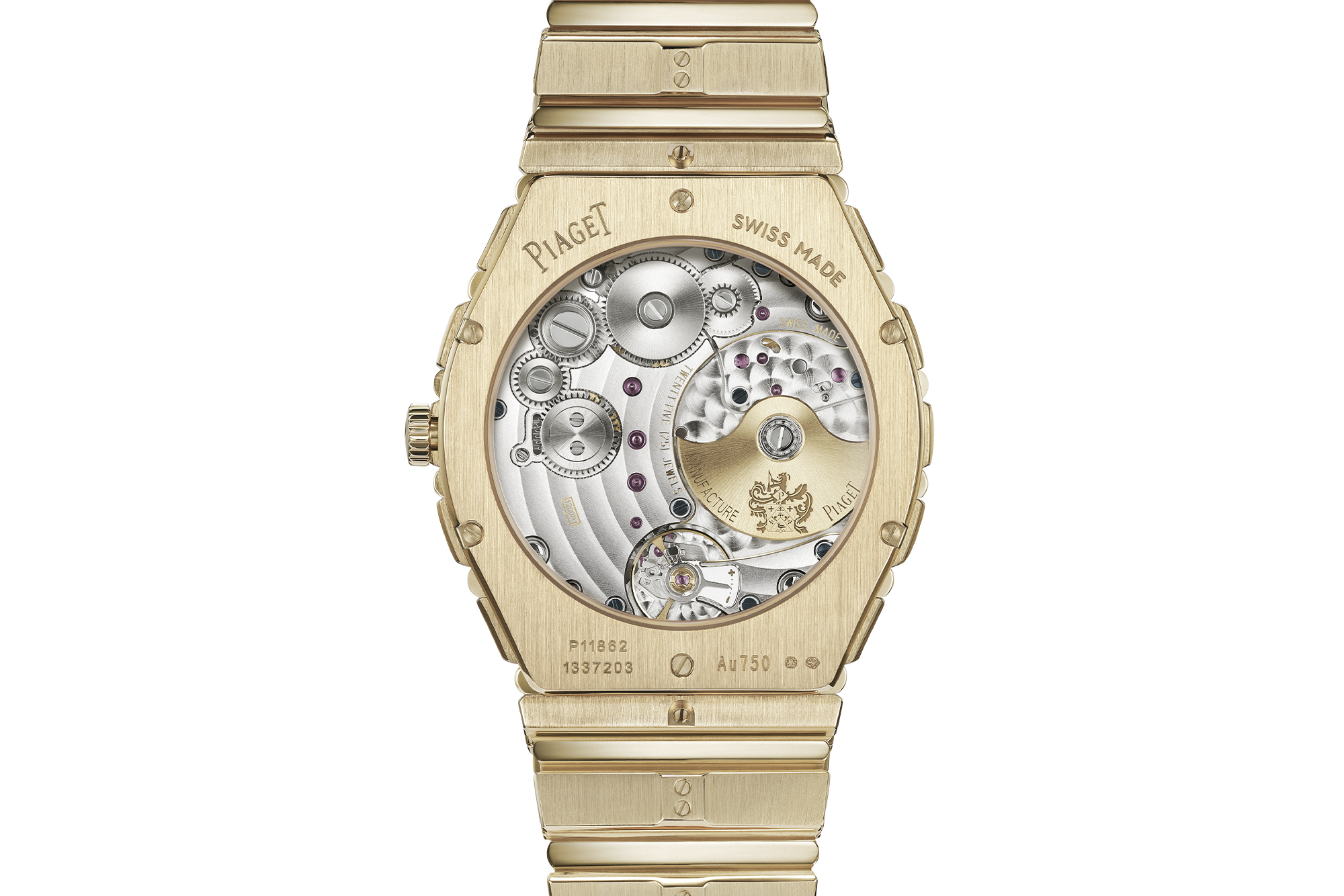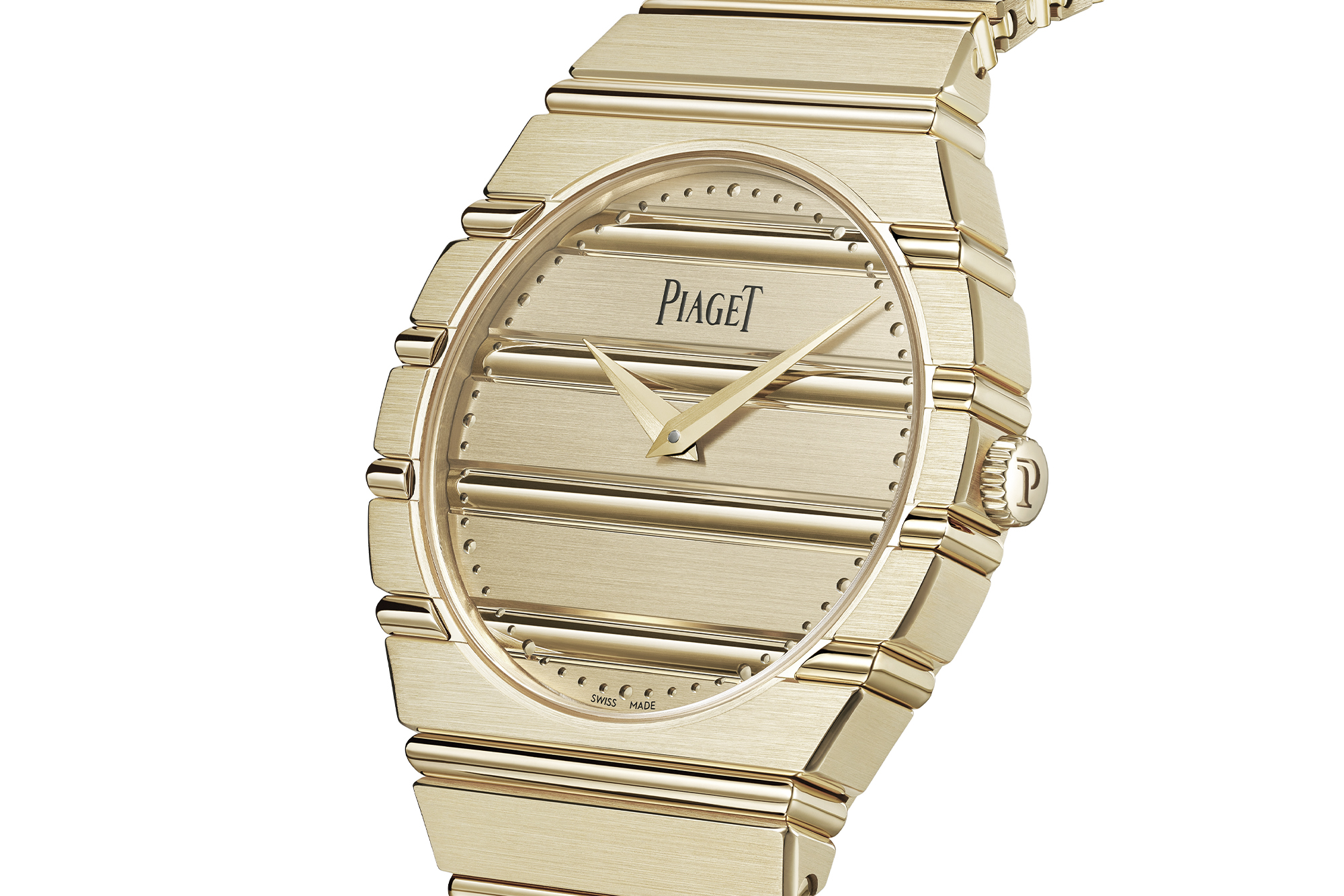The New Piaget Polo 79 Is a Gem of Late-1970s Style
The 1970s were a definitive era for the watch industry, defined expressive cases with integrated bracelets, ultra-thin quartz movements, and sporty-yet-refined designs that mirrored the decade’s freewheeling style. While many stalwart Swiss brands fell casualty to the seismic shifts created by the so-called “quartz crisis”, a few thrived on the energy and experimentation of the era. In 1979, Piaget released the Polo, a new kind of sports watch that perfectly embodied this spirit. This year, to mark the brand’s 150th anniversary, the Polo is back in all its solid gold glory with the addition of an ultra-thin micro-rotor movement.
“We had to answer to this particular demand of our customers who are used to getting just dress watches,” said Yves Piaget at the time of the Polo’s launch, explaining the shift away from traditional watches to sportier, more fashionable styles. ‘Now our customers like to do more and more sports. That’s part of the evolution of our lives today. They want to be exquisite, even in sport.” To meet this demand Yves Piaget, himself an avid polo fan, created a new kind of watch that would be as luxurious as a dress watch, but also waterproof, shockproof, and able to withstand the rigours of skiing, tennis, polo, and other high-end leisure pursuits.
Advertised as “the world’s ultimate sports watch”, the original Polo was as pared-down as it was decadent. Some of the most groundbreaking watches of the 1970s matched high-end Swiss movements with daring case designs in stainless steel, a material not previously associated with luxury watchmaking. For the Polo, however, Piaget leaned into its reputation as a master of precious materials and crafted the case and bracelet out of 18k yellow gold.
Its case and bracelet were a single continuous form defined by alternating “gadroons” (recessed lines) and brushed blocks and decorated with a simple and classic set of dauphine-style hands and a minimalist minute track. Launching at the height of the quartz era, the original Polo was equipped with the ultra-thin 8P quartz movement, which was a mere 1.95mm thick. The initial round version was succeeded by square, gem set, bi-colour gold, time-only, and perpetual calendar models, and would go on to influence the brand’s modern Polo collection.
As a faithful tribute to the original Polo, the new Piaget Polo 79 features the same sculptural case, bracelet, and dial design as the original, all in 18k yellow gold, with a few subtle updates including a case size that has been enlarged to a more contemporary 38mm. Instead of a quartz movement, the new Polo 79 is powered by a 2.35mm-thick 1200P1 self-winding calibre that’s visible through the crystal case back, and lends the new Polo 79 a similarly svelte profile to the original. As the first of what will likely be several new vintage-inspired versions of the Polo to come, the Polo 79 is an example of one era among many over the last 150 years in which Piaget has had a defining influence.
